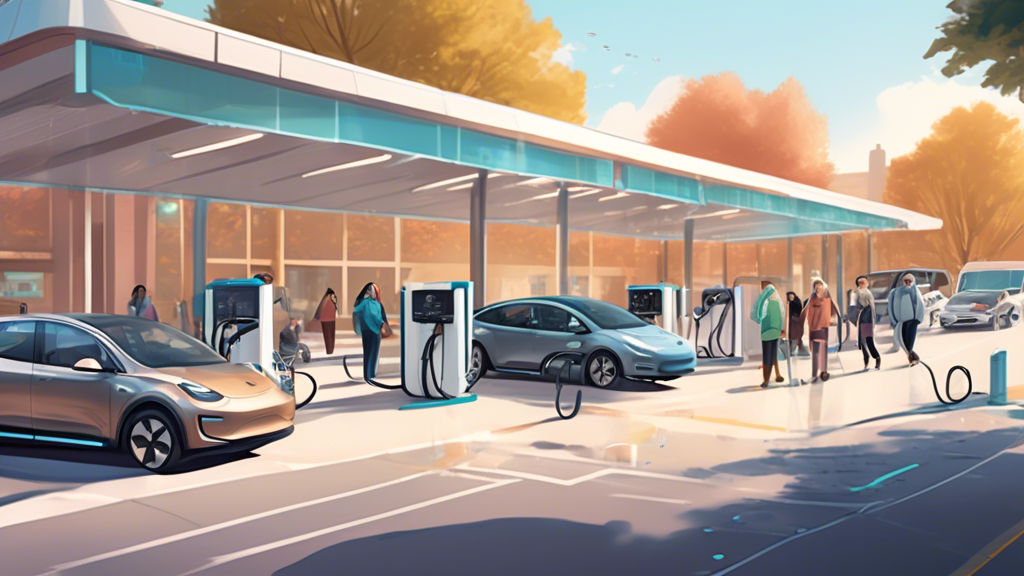
The Struggle for Accessible EV Stations for Disabled Drivers
Ever tried squeezing into a too-tight parking spot or wrangling with an unwieldy fuel hose? Now, imagine doing that with a disability. As the world shifts greener and electric vehicles (EVs) become the norm, a critical question arises: are EV charging stations keeping up with the needs of disabled drivers? Spoiler alert — there’s room for improvement.
So, Where’s the Issue?
Access. It’s all about access. While there might be plenty of EV charging stations sprouting up like mushrooms after a rainstorm, their accessibility often leaves something to be desired. Many stations are simply retrofitted versions of standard parking spots, overlooking crucial accessibility features. This oversight means that some drivers are faced with stations they just can’t use.
And it’s not just about being able to reach the plug. Space around charging stations can often be cramped, making it difficult for those who use wheelchairs or other mobility aids to navigate.
Current Accessibility Features – A Closer Look
When they do think of accessibility, many station designers focus mainly on the height of the charging equipment and the force required to connect the charger to the car. They might be checking some boxes, but are these measures enough? For many drivers with disabilities, the answer is a solid “nope”.
Consider this: a wheelchair-accessible EV charging station requires a bit more than reachable controls. It should have ample space around the charger, clear and smooth pathways from the parking lot, and equipment that doesn’t require Herculean strength or the dexterity of a concert pianist to operate.
The Role of Legislation – Is It Keeping Up?
‘Slow’ would be a generous way to describe the legislative efforts to mandate accessibility at EV charging stations. While there are general guidelines under the Americans with Disabilities Act (ADA), specific requirements tailored to EV charging points are still on the wish list. This gap in legislation means it’s often down to the goodwill of service providers to make their stations accessible.
The message? We can’t solely rely on legislation to bridge this gap — awareness and advocacy play crucial roles, too.
Shifting the Gear — Towards a More Inclusive Future
We know the problem. What about the solution? Pioneering a shift towards genuinely accessible EV charging stations requires a collaborative effort. Designers, lawmakers, and user groups need to come together to rethink station designs from the ground up.
Technological innovations could also steer the change. For instance, how about automated systems that assist with connecting and disconnecting the charger? Or apps that provide real-time information about the availability and accessibility features of nearby EV stations?
And let’s talk incentives. Governments could offer tax breaks or subsidies to providers who prioritize accessibility. When you hit them in the wallet — in a good way — businesses listen.
It’s Not Just a ‘Nice-to-Have’
Accessible EV charging stations are not a luxury; they’re a necessity that enables independence for drivers with disabilities. Better access contributes to a more inclusive society and furthers the environmental goals attached to EV adoption.
So, next time you plug in your EV, think about the bigger picture. Isn’t it about time all drivers, regardless of physical ability, could share in this aspect of the green revolution? By pushing for greater accessibility, we’re not just charging our cars; we’re charging up our communities.
It’s not just an upgrade—it’s an imperative upgrade. And truly, isn’t making the world more accessible a charge worth taking?
